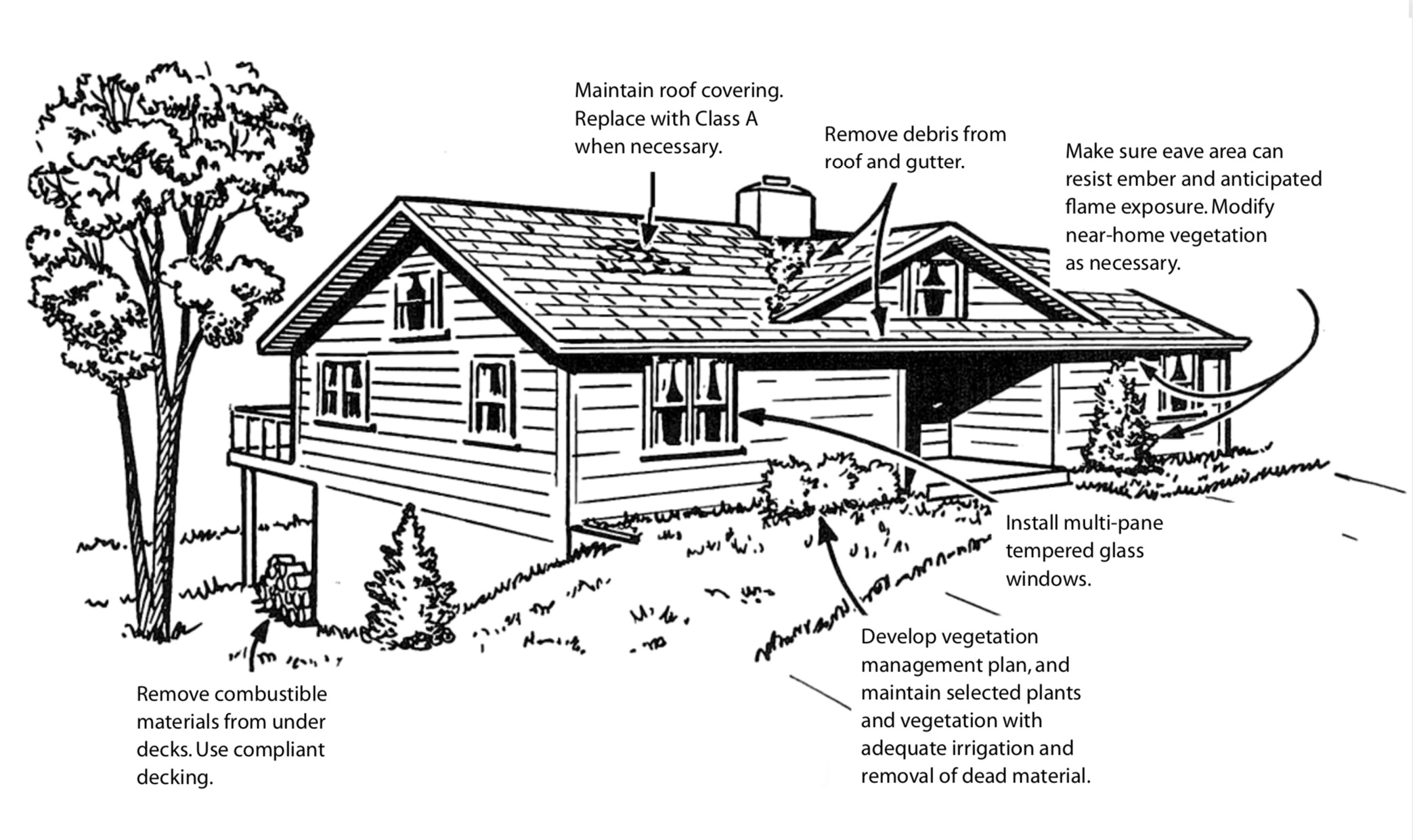By Norman La Force
The wildfires last year, especially the Camp Fire, have finally pushed local and State officials to focus on wildfire danger. Unfortunately, much of the response has taken the wrong approach. Just as happened after the Oakland hills firestorm of 1991, the main response has been a knee-jerk call to simply clear all vegetation within a set distance of 300 to 500 feet from any dwelling or development.
Don’t get me wrong — homeowners should certainly work to create defensible space around their homes by clearing away dry vegetation and pruning trees near the house. But when we’re talking about large-scale practices by land management agencies, this strategy could instead result in far worse danger in the years that follow.
Why? First, there will be no money to do the continued, periodic maintenance that must be done. We saw this after the Oakland hills firestorm when the same cry went out to de-vegetate. When this author and others asked the fire officials if they had money for regular maintenance in perpetuity, the response was blank stares and facial expressions of “Why are you asking me that question? Of course we don’t.” Without massive annual maintenance at a huge cost, the devegetation plan will simply result in more flammable, non-native species taking over and creating an even greater fire danger.
The second reason de-vegetating is a problem is that it destroys habitat and the wildlife that depend on that habitat. That is a reason why the pro-de-vegatators want to stop any attempt to analyze the environmental impacts of these proposed methods; they know they will face huge adverse environmental impacts from what will be done.
Third, there’s still a lot more that can be done in terms of building design and materials to “harden” homes against ignition from wind-blown embers. There are still communities where you can put a wood shake roof on your house — probably the most fire-dangerous practice one can undertake in California.
In the Bay Area, we now have calls for some kind of de-vegatating of the East Bay Regional Parks by fire officials in Orinda. The Chapter will be looking into these proposals to ensure that they follow our 3 R’s: 1) Remove fire-dangerous exotic vegetation, 2) Restore native habitat that is less fire dangerous and less costly to maintain, and 3) Re-establish the biodiversity of these areas for the return of endangered and threatened species.
If you want to get involved, come to the East Bay Public Lands Committee meetings. We meet on the second Wednesday of each month at 7:30 PM at the Chapter office. If you cannot physically be present you can call in to a conference number we can give you.
Norman La Force is chair of the Bay Chapter's East Bay Public Lands Committee.
